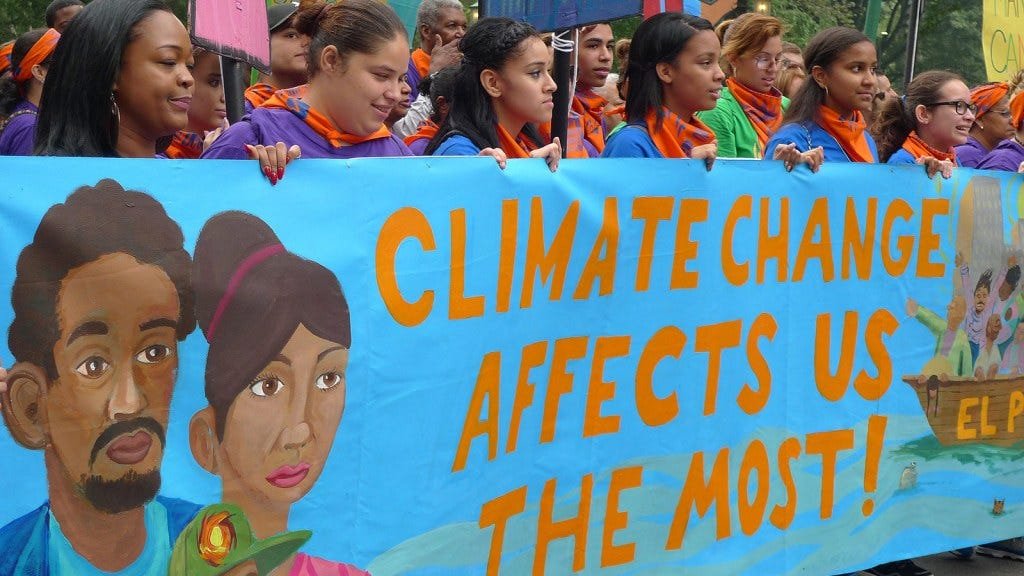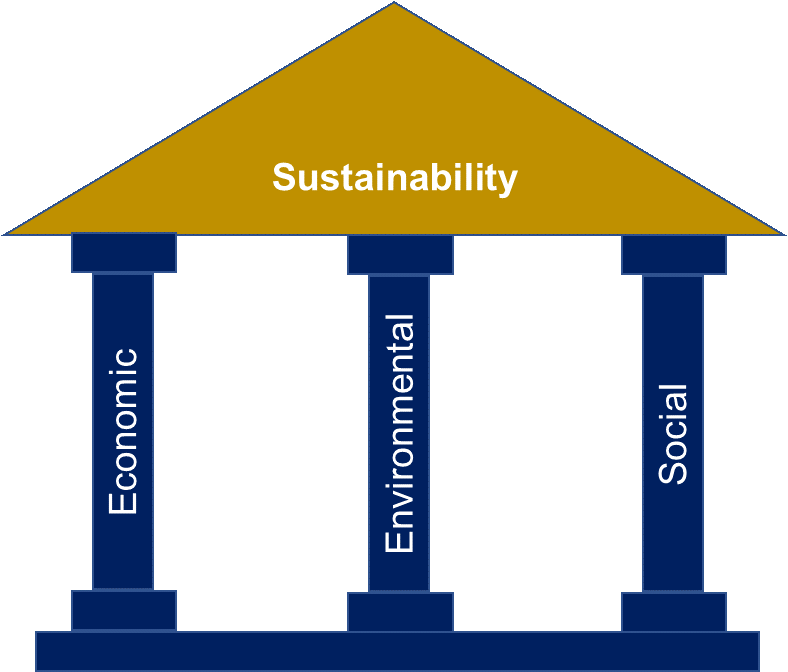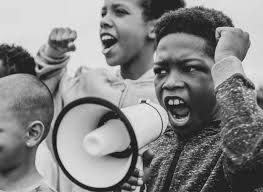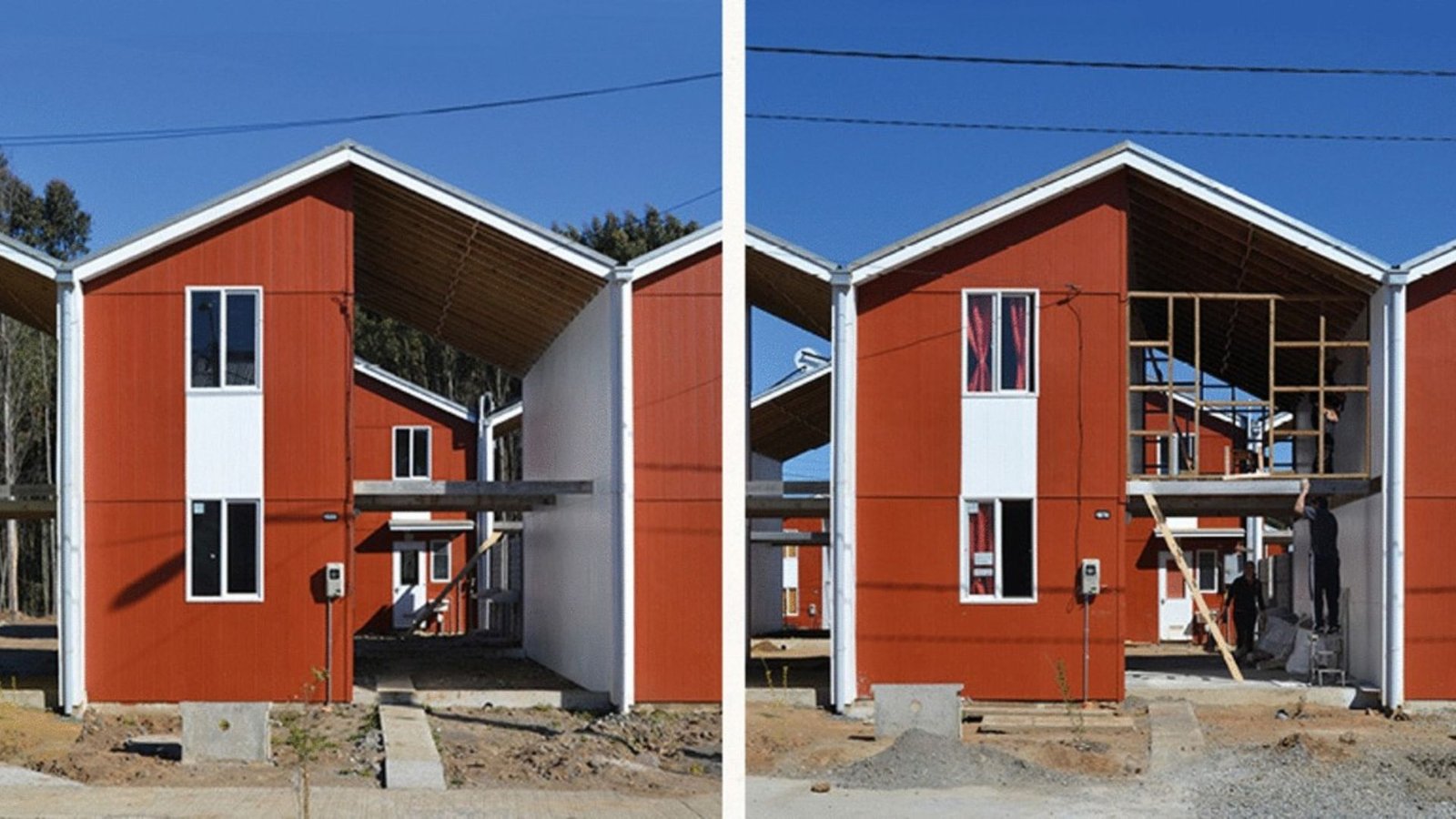Social justice and environmental issues are deeply interconnected. Marginalized communities often bear the brunt of environmental degradation, and addressing these issues requires equitable solutions. This article explores the overlap between social justice and environmental challenges and how collective action can lead to a sustainable and fair future.
Understanding the Connection
Environmental degradation disproportionately affects vulnerable populations. Factors such as economic inequality, systemic racism, and lack of resources exacerbate the impact of issues like pollution, climate change, and resource scarcity on marginalized communities.
Key Examples:
- Environmental Racism: Communities of color often face higher exposure to pollutants due to proximity to industrial sites or waste facilities.
- Climate Inequality: Low-income regions suffer the most from climate change, including extreme weather, rising sea levels, and food insecurity.
Environmental Justice: A Movement for Equity
The environmental justice movement addresses the unfair distribution of environmental harms and benefits. It advocates for policies that ensure clean air, water, and land for all, regardless of socioeconomic status or ethnicity.
Goals of Environmental Justice:
- Preventing environmental discrimination.
- Ensuring equal access to natural resources.
- Involving affected communities in decision-making.
Social Justice in Climate Action
Effective climate action must incorporate social justice principles. Ignoring the needs of vulnerable populations can lead to solutions that widen existing inequalities.
Examples of Inclusive Climate Solutions:
- Renewable Energy Access: Expanding solar and wind energy in underserved areas.
- Fair Disaster Response: Prioritizing aid to communities most affected by natural disasters.
- Sustainable Jobs: Creating green job opportunities for marginalized workers.
Case Studies: When Social and Environmental Justice Meet
1. Standing Rock Protests (2016)
The protests against the Dakota Access Pipeline highlighted indigenous rights and environmental protection, emphasizing the need to protect sacred lands and water resources.
2. Flint Water Crisis
The ongoing water contamination crisis in Flint, Michigan, underscores the intersection of systemic racism, economic inequality, and environmental neglect.

The Role of Education and Advocacy
Raising awareness about these connections is crucial for change. Advocacy groups and educators play a vital role in:
- Highlighting the stories of affected communities.
- Lobbying for equitable environmental policies.
- Empowering individuals to take action through education.
How You Can Contribute
1. Support Local Initiatives
Participate in or donate to organizations fighting for environmental justice in your community.
2. Advocate for Policy Change
Urge policymakers to consider social justice in environmental legislation.
3. Reduce Your Impact
Adopt sustainable practices in your daily life to reduce your carbon footprint.
Conclusion
The intersection of social justice and environmental issues reminds us that sustainability is not just about preserving the planet but ensuring fairness for all its inhabitants. By addressing inequality and prioritizing inclusive solutions, we can create a future that is both equitable and environmentally resilient.
Together, we can champion a world where justice and sustainability go hand in hand.





One thought on “The Intersection of Social Justice and Environmental Issues”
Comments are closed.